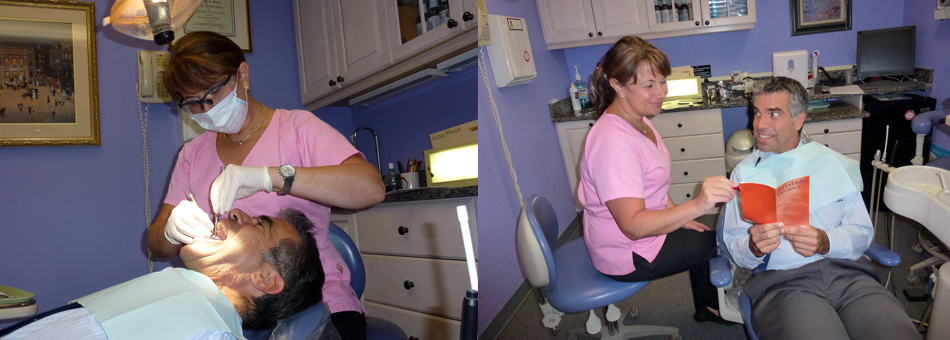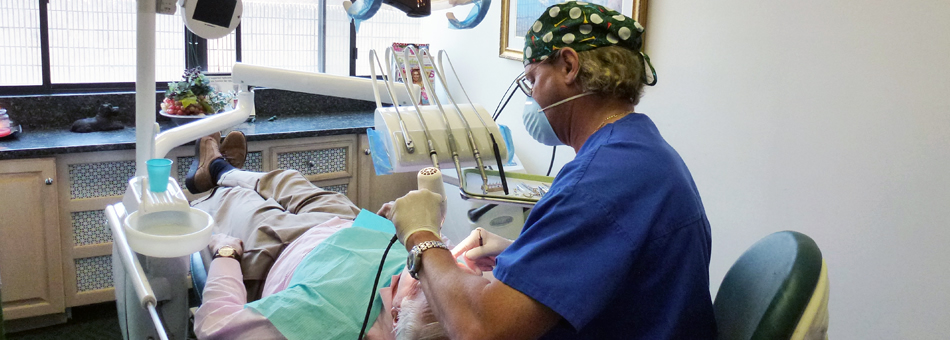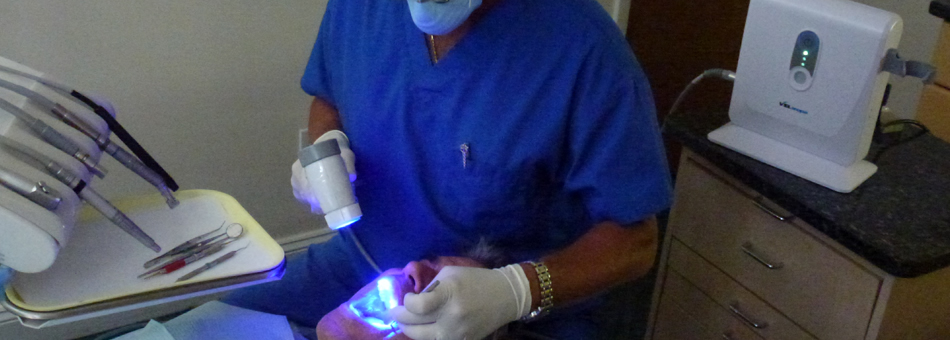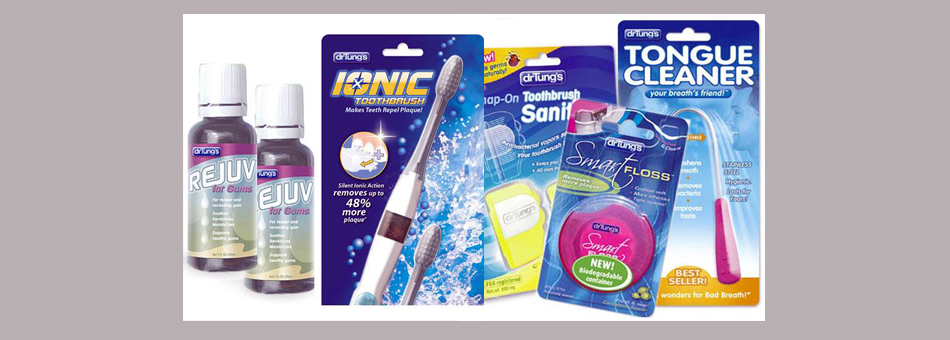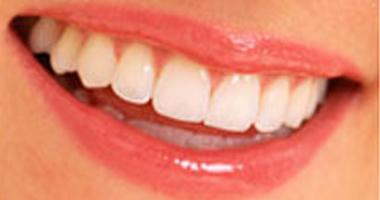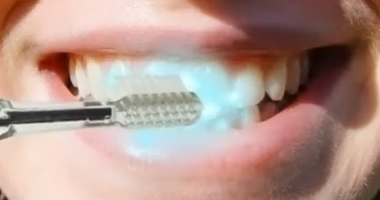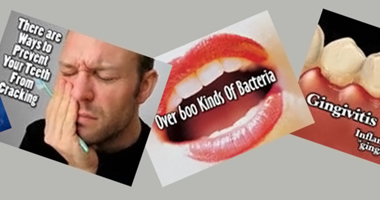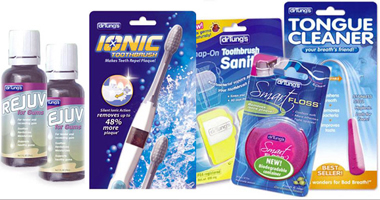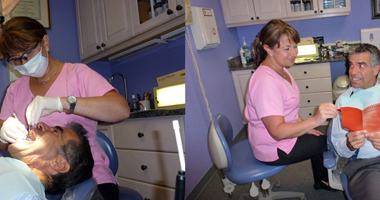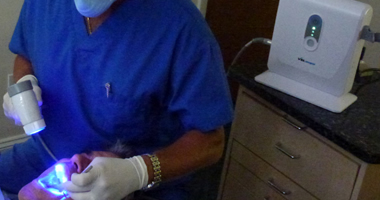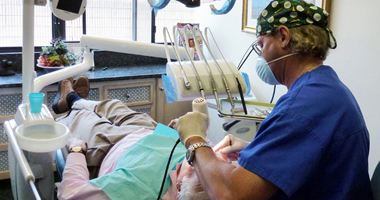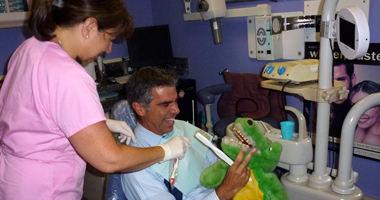Bruxism White Paper
(page 6)
1 | 2 | 3 | 4 | 5 | 6 | 7 | 8 | 9 | 10 | 11 | 12 | 13
Beeswax Technique: Another diagnostic tool that is available to both grinders and clenchers involves the use of beeswax. You can ask your dentist to take an impression of your teeth and then have a dental lab make something like the following appliance:
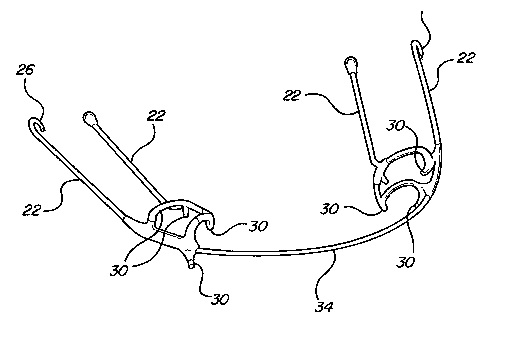 A dental appliance equipped with posterior rods (22) to which a a capsule filled with beeswax can be attached. It consists of a curl (26) in one posterior rod to prevent slippage of capsule, hinges (30) to secure the appliance to the teeth, and anterior connection (34) of the two sides to preclude mobility or swallowing of the appliance.
A dental appliance equipped with posterior rods (22) to which a a capsule filled with beeswax can be attached. It consists of a curl (26) in one posterior rod to prevent slippage of capsule, hinges (30) to secure the appliance to the teeth, and anterior connection (34) of the two sides to preclude mobility or swallowing of the appliance.
To this appliance you now attach two bilaterally-sleeved food-grade plastic capsules filled with a thin layer of beeswax:
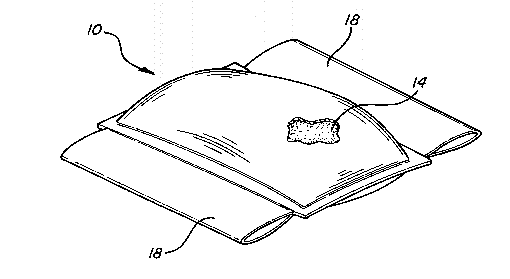 A beeswax filled (14), bilaterally sleeved (18), plastic bag (10) is attached to the appliance above. the patient sleeps with appliances and bags. Malformations in the wax help to determine the presence, extent, type, and severity of bruxism
A beeswax filled (14), bilaterally sleeved (18), plastic bag (10) is attached to the appliance above. the patient sleeps with appliances and bags. Malformations in the wax help to determine the presence, extent, type, and severity of bruxism
The rest is simple. If you are a bruxer, the wax should bear telltale signs when you wake up. Record or photograph your observations, replace the bags (or smooth the wax in the same bags, rinse and and immerse them and the appliance in a detergent solution), and repeat for a few nights. If strong marks reappear on the wax, say, in at least one day out of every five, then you suffer from bruxism.
Note, however, that for the first few nights any appliance is highly likely to inhibit bruxing, so, before you can rule out bruxism, you'll have to sleep with it for a couple of weeks, at least. The appliance is fairly comfortable and does not seem to be associated with any side effects (to avoid the potential hazard of developing an open bite as a result of wearing this appliance, make sure that the wax layer is just thick enough to show signs of bruxism).


